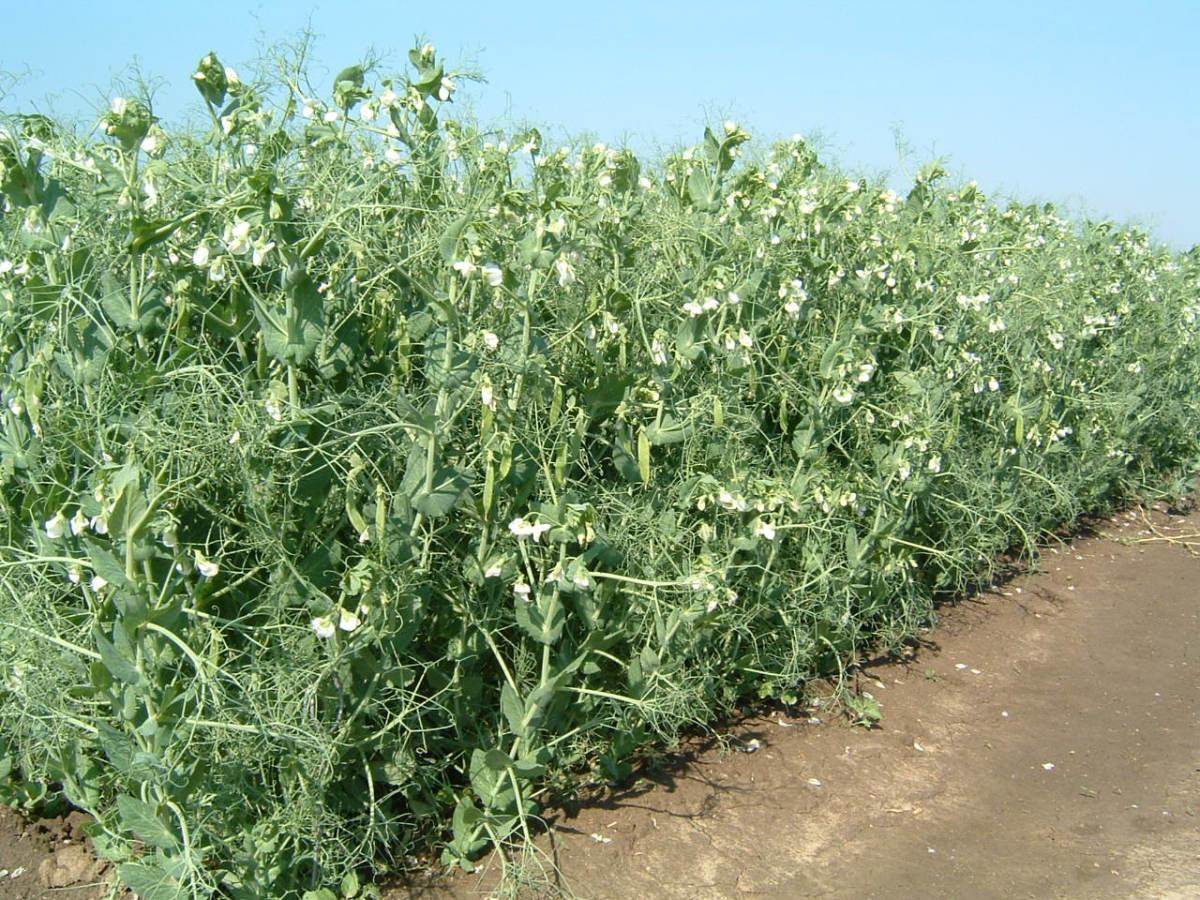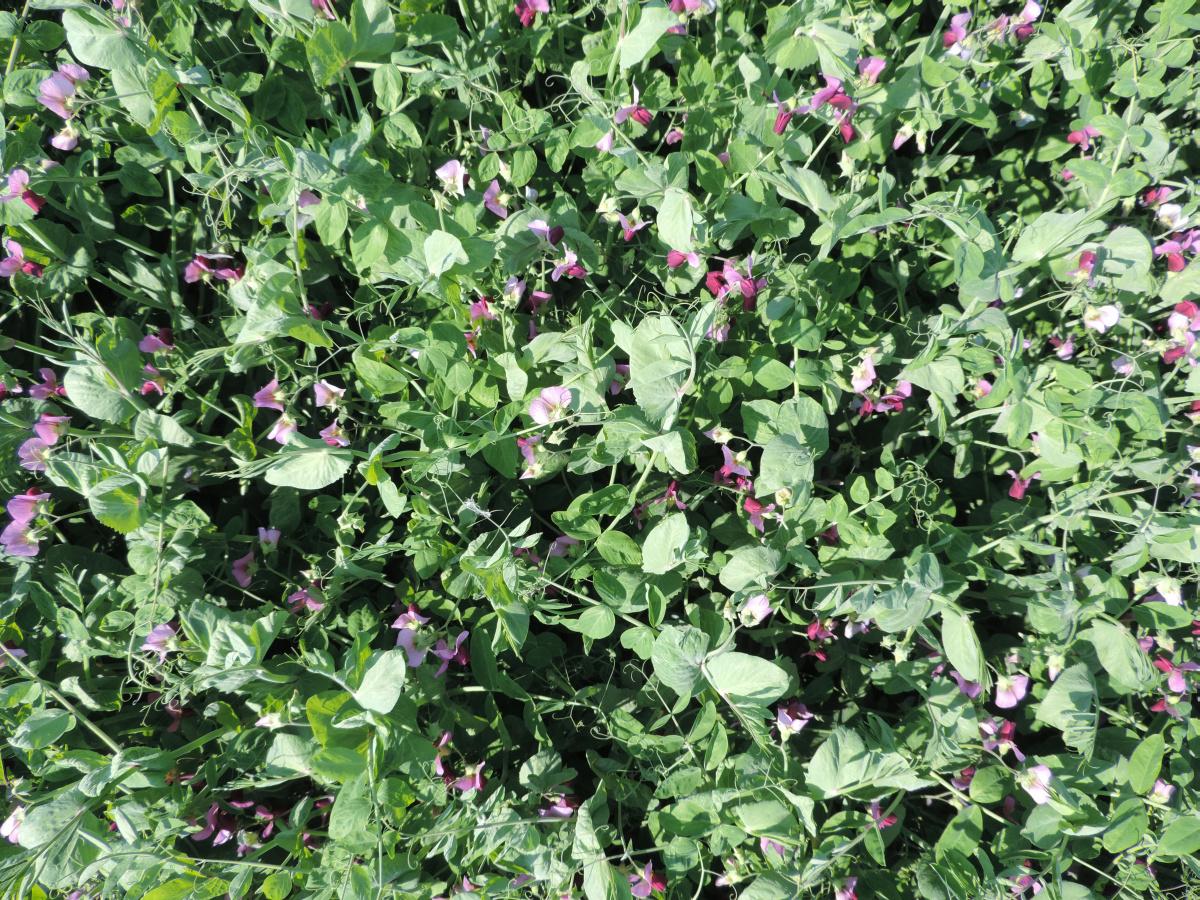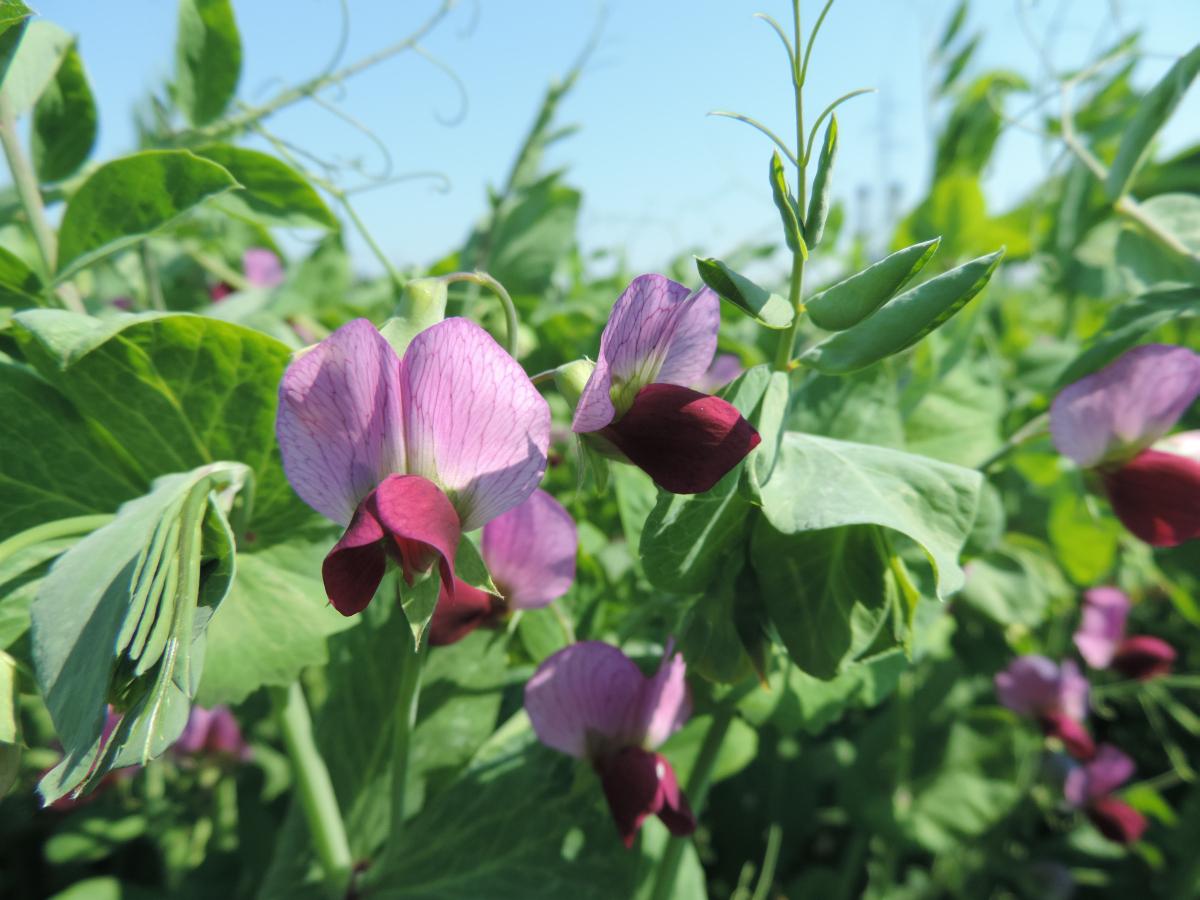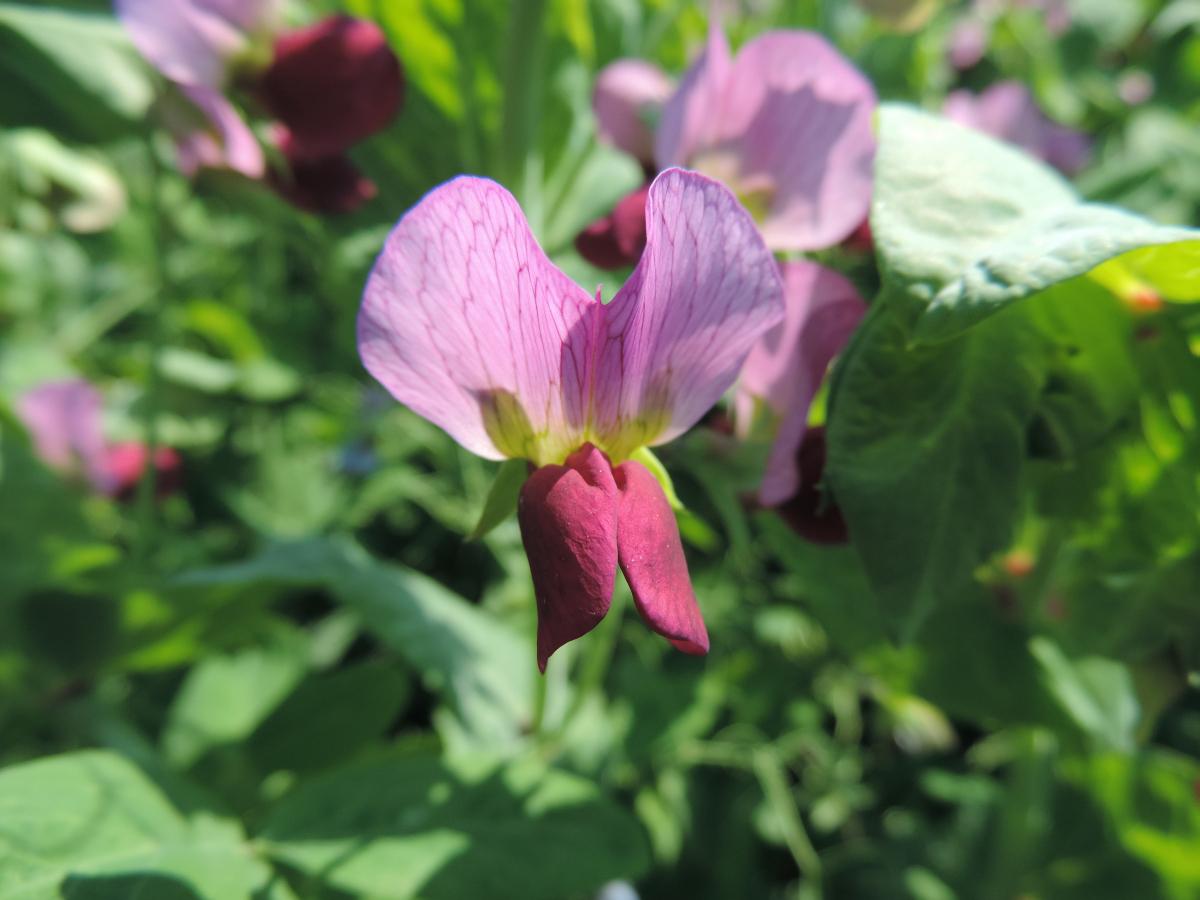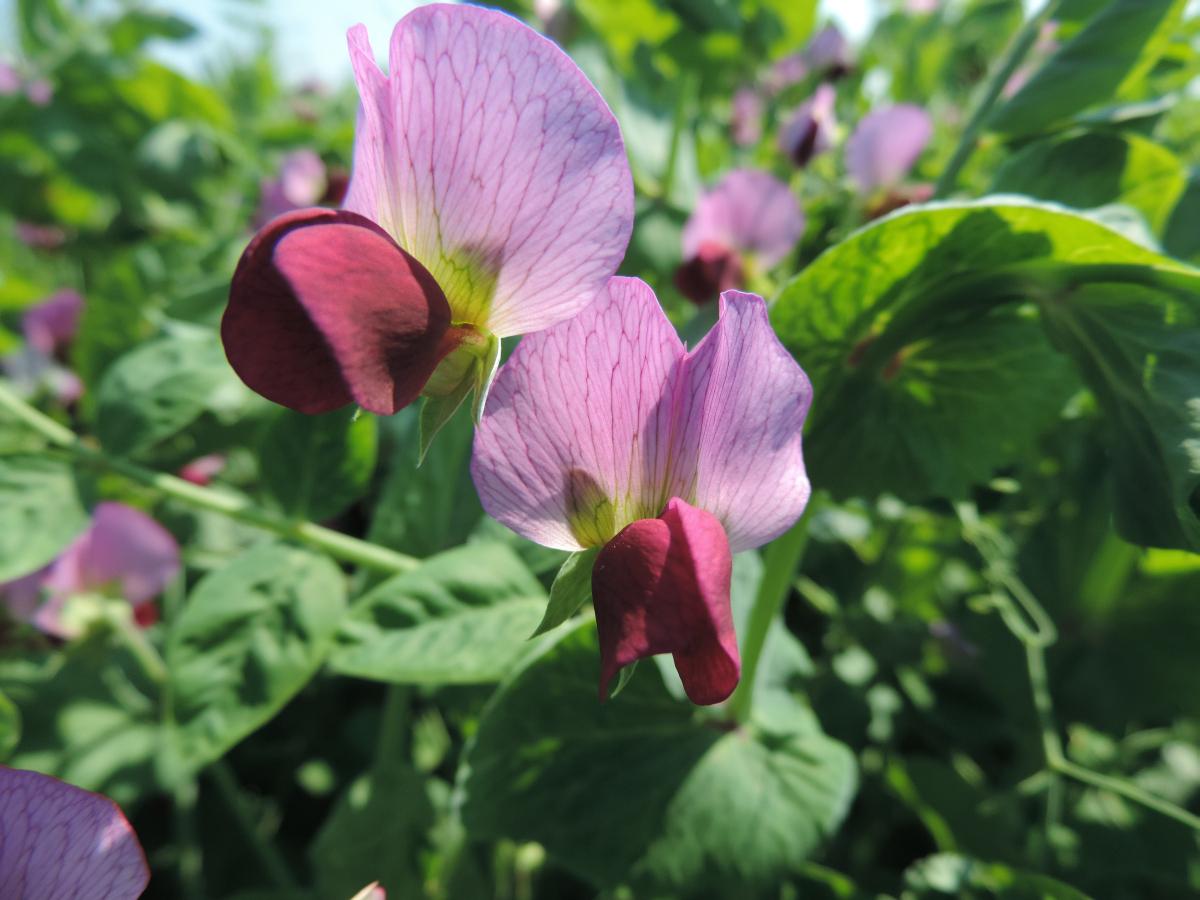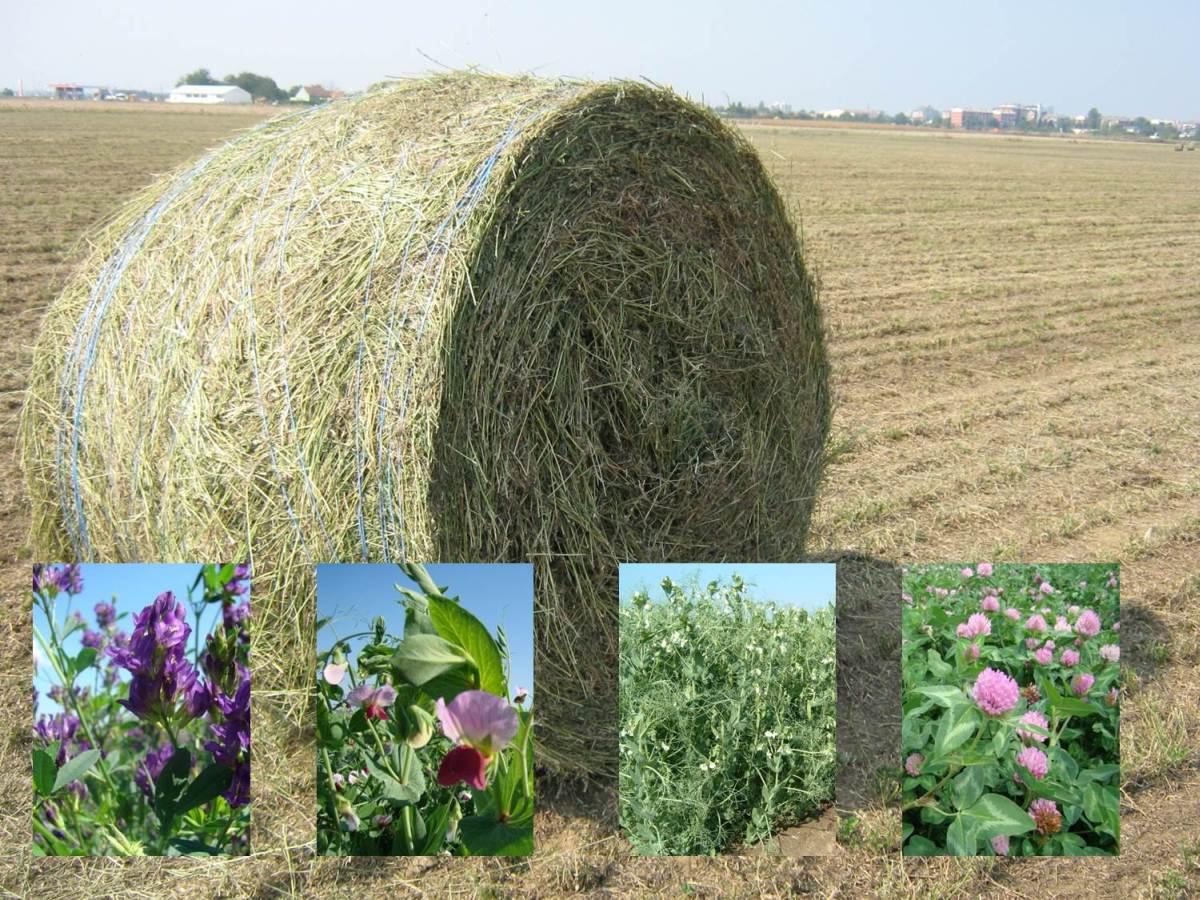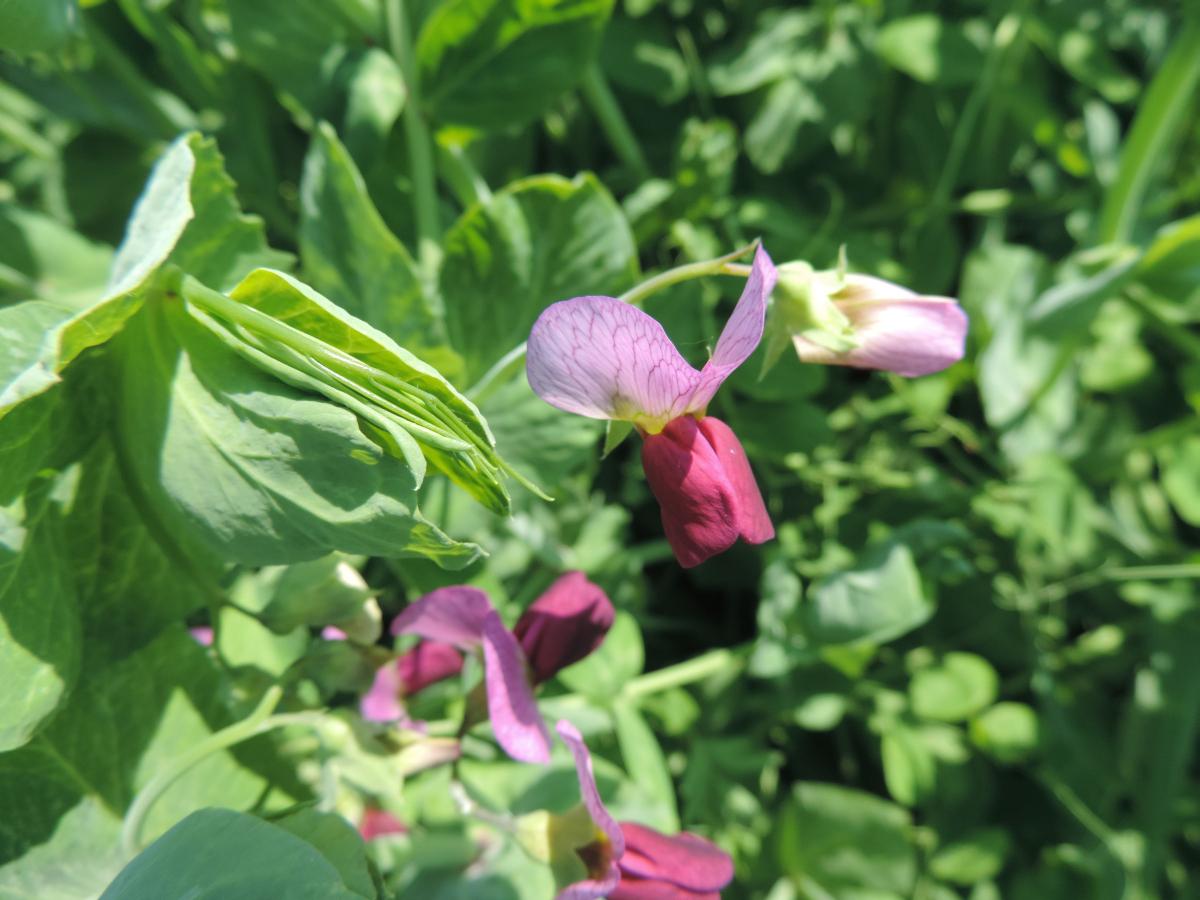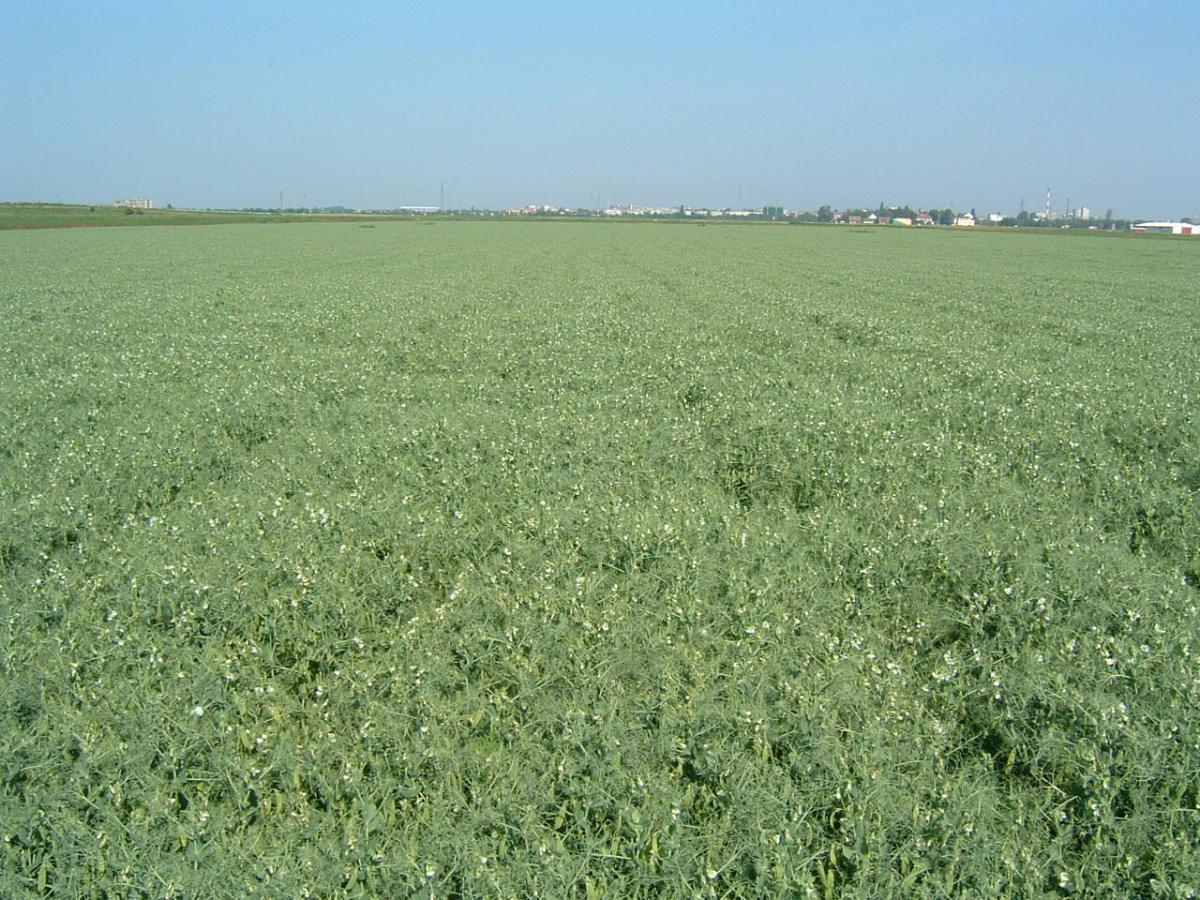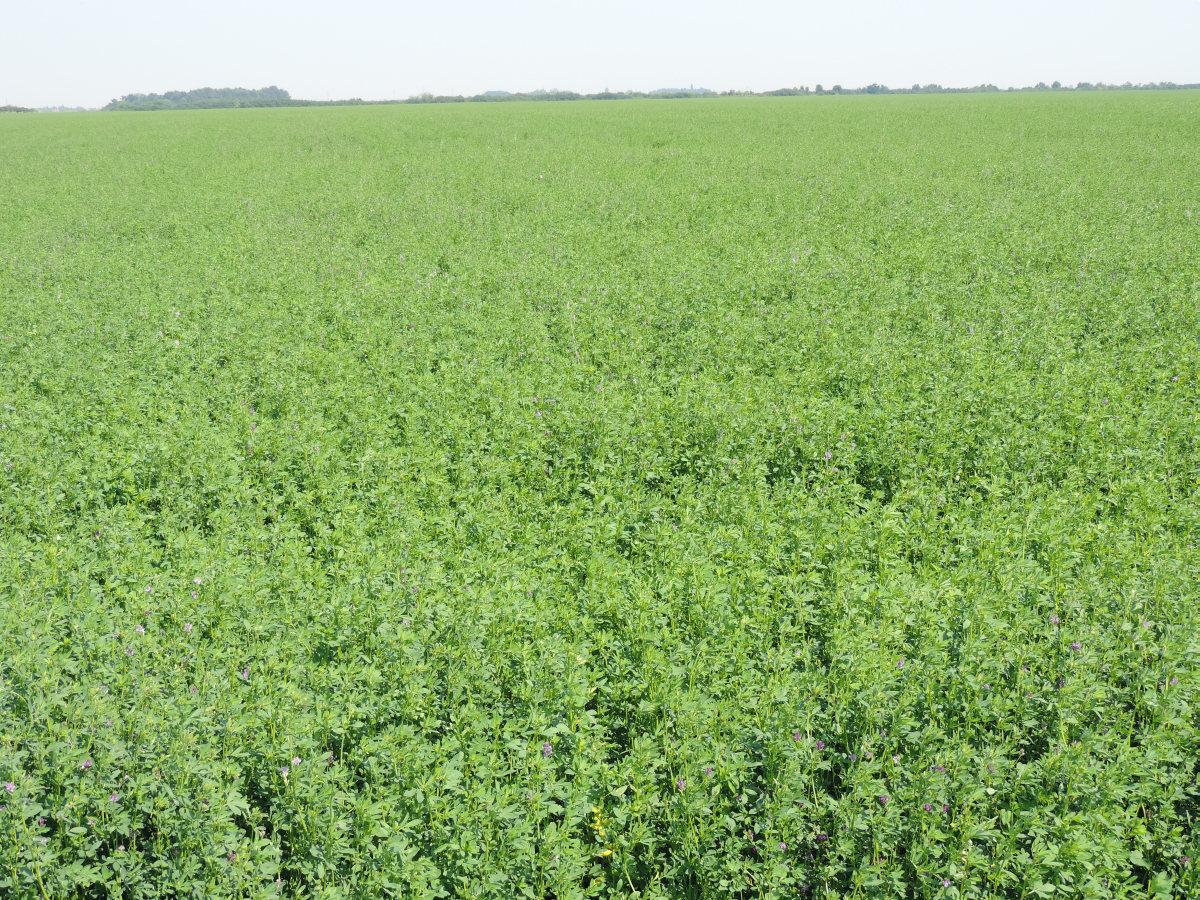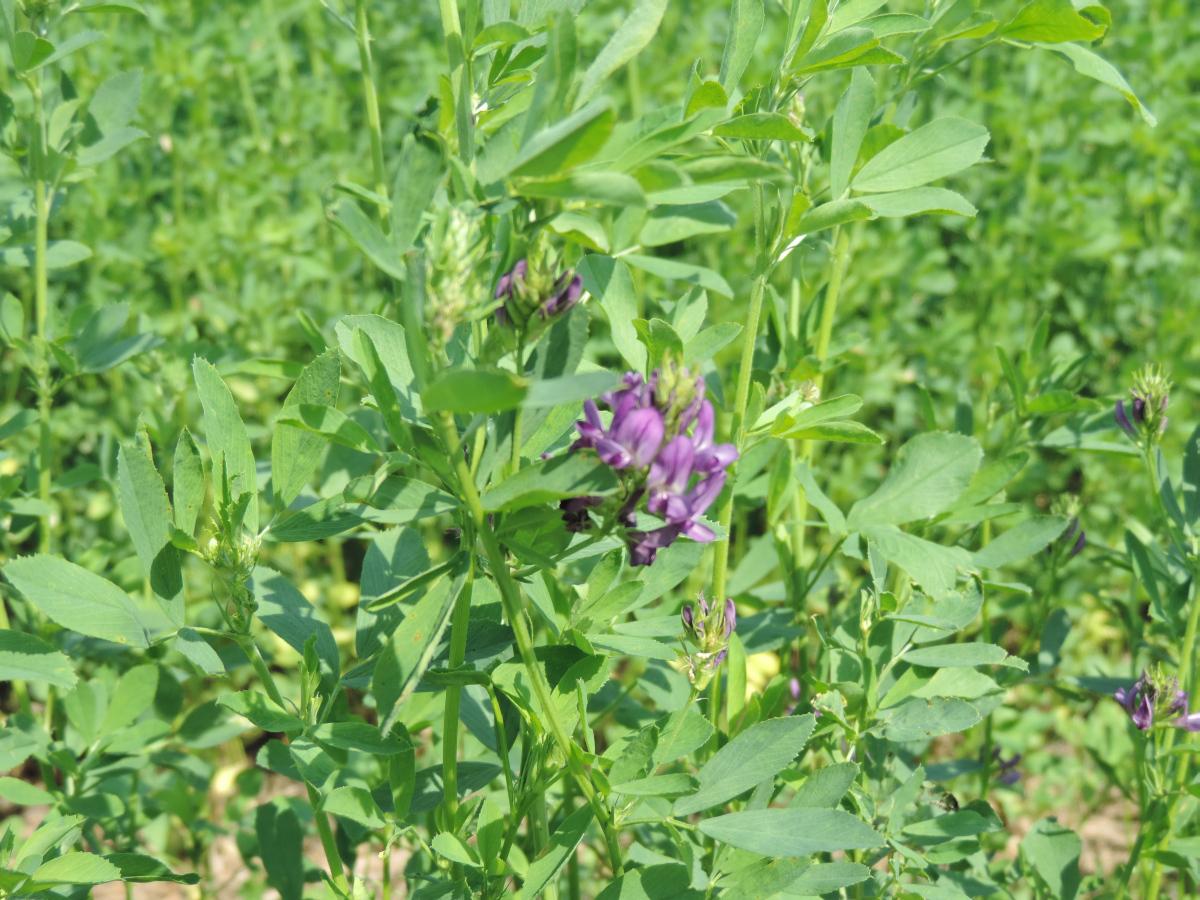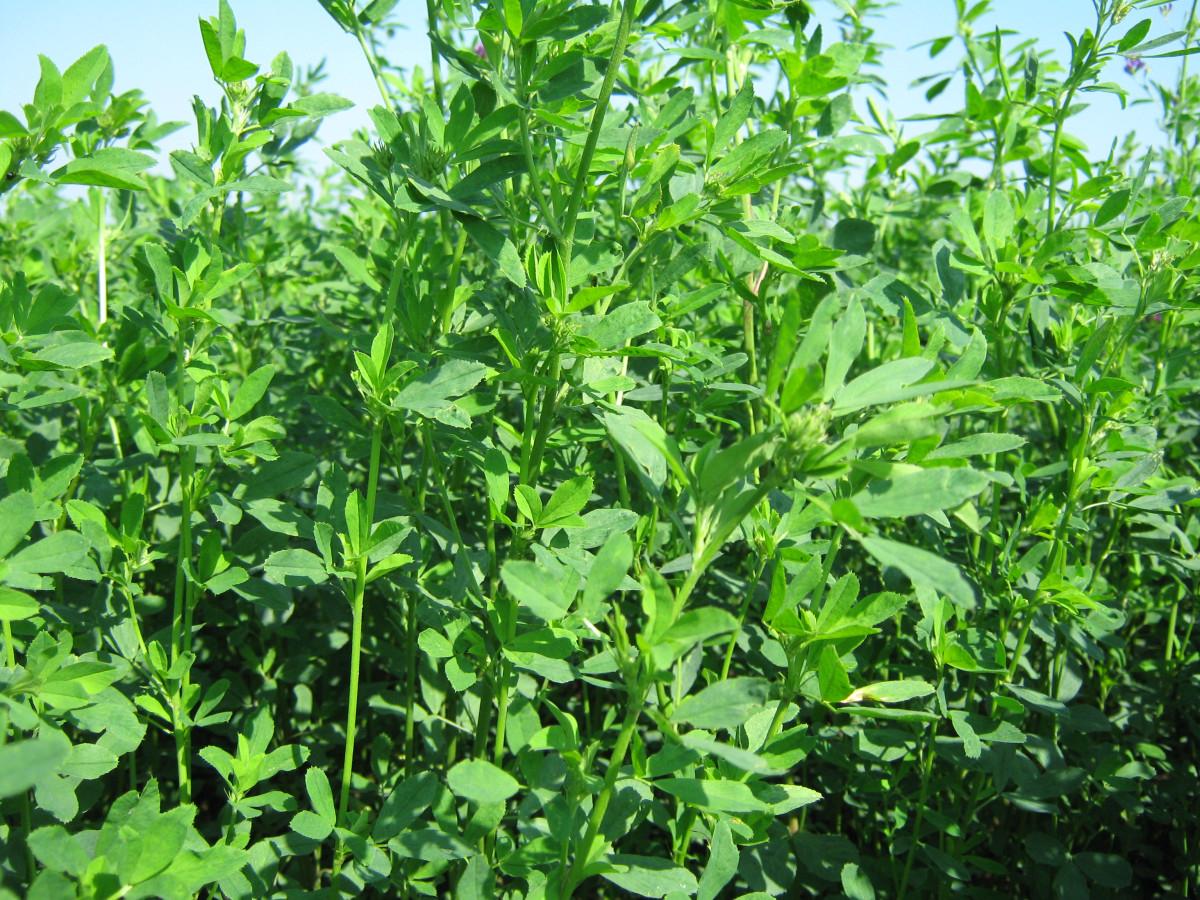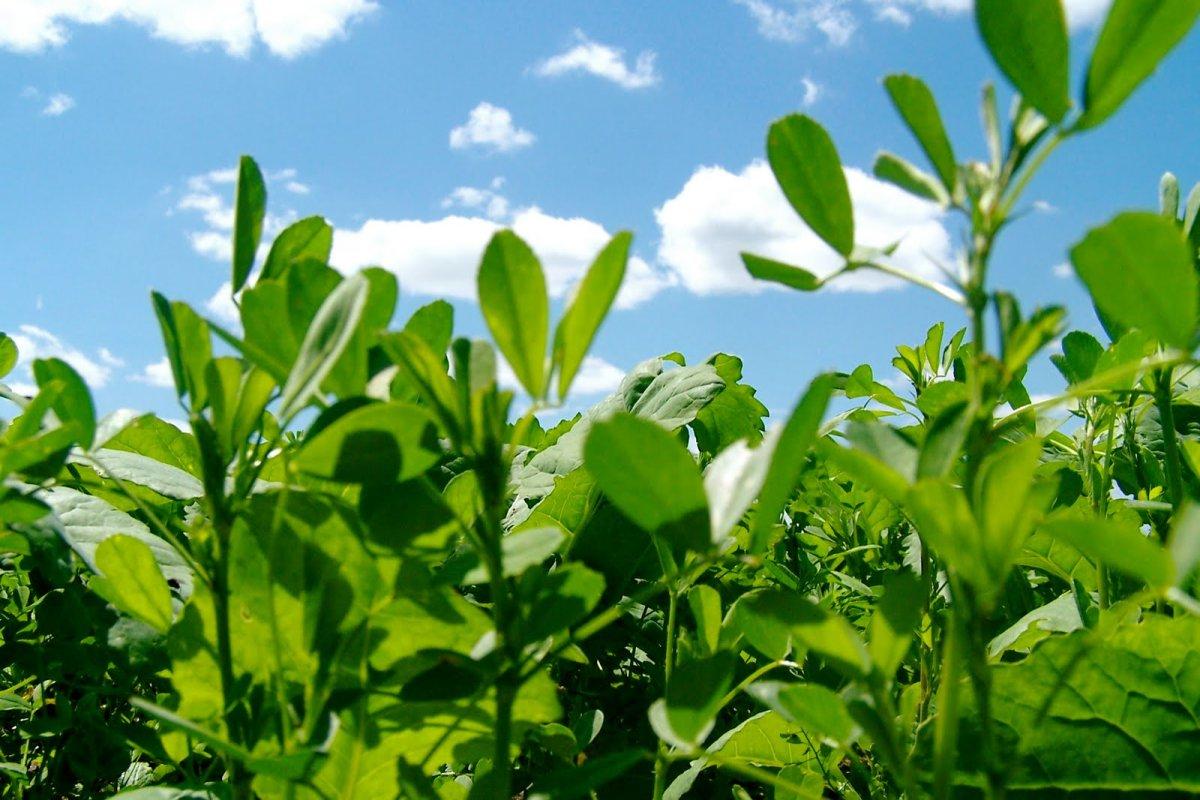Dear producers,
From the breeding program of forage crops, we offer you varieties of winter and spring peas that ensure cheap, high-yielding and high-quality production of voluminous forage, and due to their high nutritional value, they are valued nutrients for feeding ruminants, primarily dairy cows, whose consumption leads to an increase in milk production and quality .
We also offer you alfalfa varieties that achieve high and stable forage yields of excellent nutritional value with relative nutritional value, which according to the quality standards of hay for legumes, grasses and their mixtures, places them in the category of first-class forage.
We are grateful for your trust and wish you high yields.
Pea
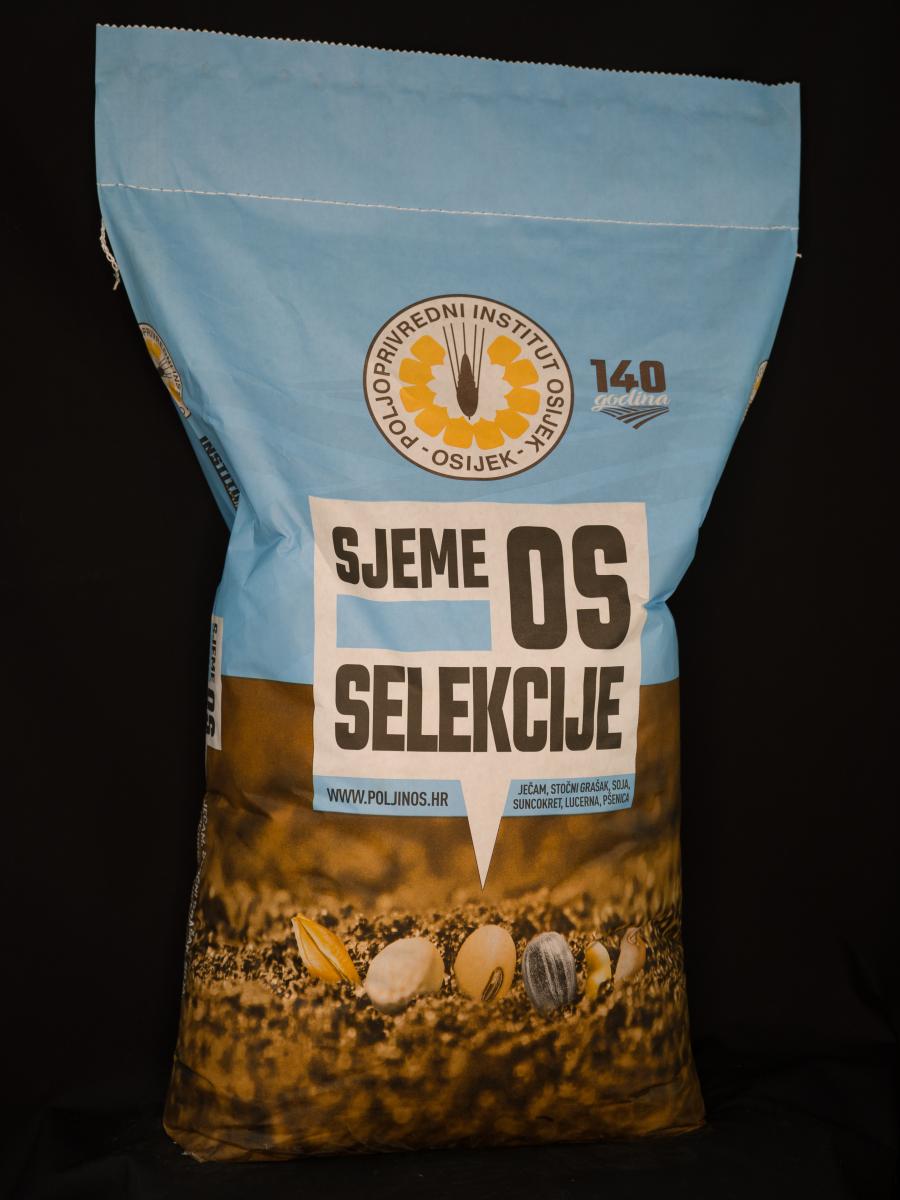
Adam
New winter peas variety
- Medium-early variety
- Intended for the production of coarse fodder with a high nutritional value
- Used as a ruminant feed in the form of hay and haylage; significantly increases milk production and quality in dairy cows due to its quality
- Ensures economically profitable and environmentally friendly production
- Sown together with winter cereals in a 3:1 ratio (150 kg of peas: 50 kg of wheat), usually in combination with the Galloper wheat variety, which provides a stable support for the peas due to its higher habitus
- Enters the blooming phase with a dark red flower seven days earlier than Osječki zeleni
- Seeds are larger than in case of Osječki zeleni; minimal seeding rate is 150 kg of seeds per hectare
- Modest crop management requirements, with minimal investments in protection and fertilisation
- Excellent resistance to low temperatures
- As a pre-crop, increases soil nitrogen content and curbs weeds
- Allows for two harvests a year in the same field. After removal of peas, we recommend stubble sowing of early OS corn hybrids such as OS 3114
- Robust stem, average height 158 cm
- When harvested in the blooming and first pod formation phase (10-20 May), yields 50-60 t/ha of green matter, or more than 25 t/ha of haylage and more than 10 t/ha of hay
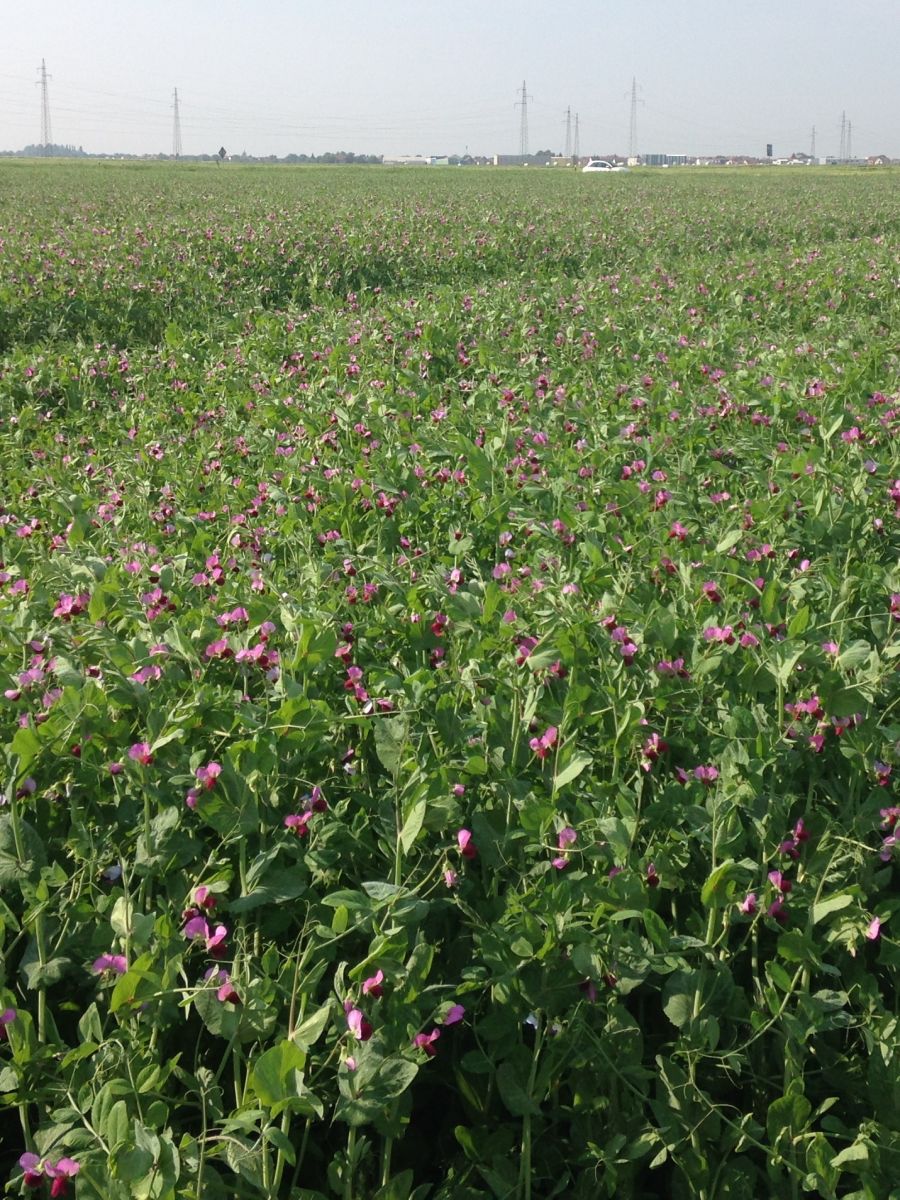 Medium-early variety
Medium-early variety
Gold
Spring pea of excellent adaptability to various production conditions
- Purpose: dry grain production;
- Length of vegetation period: medium early.
Gold displays very early growth and is suitable for the earliest sowing dates. The pods are positioned at the top of the plant. Average height of the plant is between 50 and 70 cm. It exhibits indeterminate growth habits and has short internodes. The specificity of its tendrils allows the plant to twine from the earliest growth stages and to form crops that are resistant to lodging. Peas are round, medium large and of high quality, with protein content ranging from 23 to 25%.
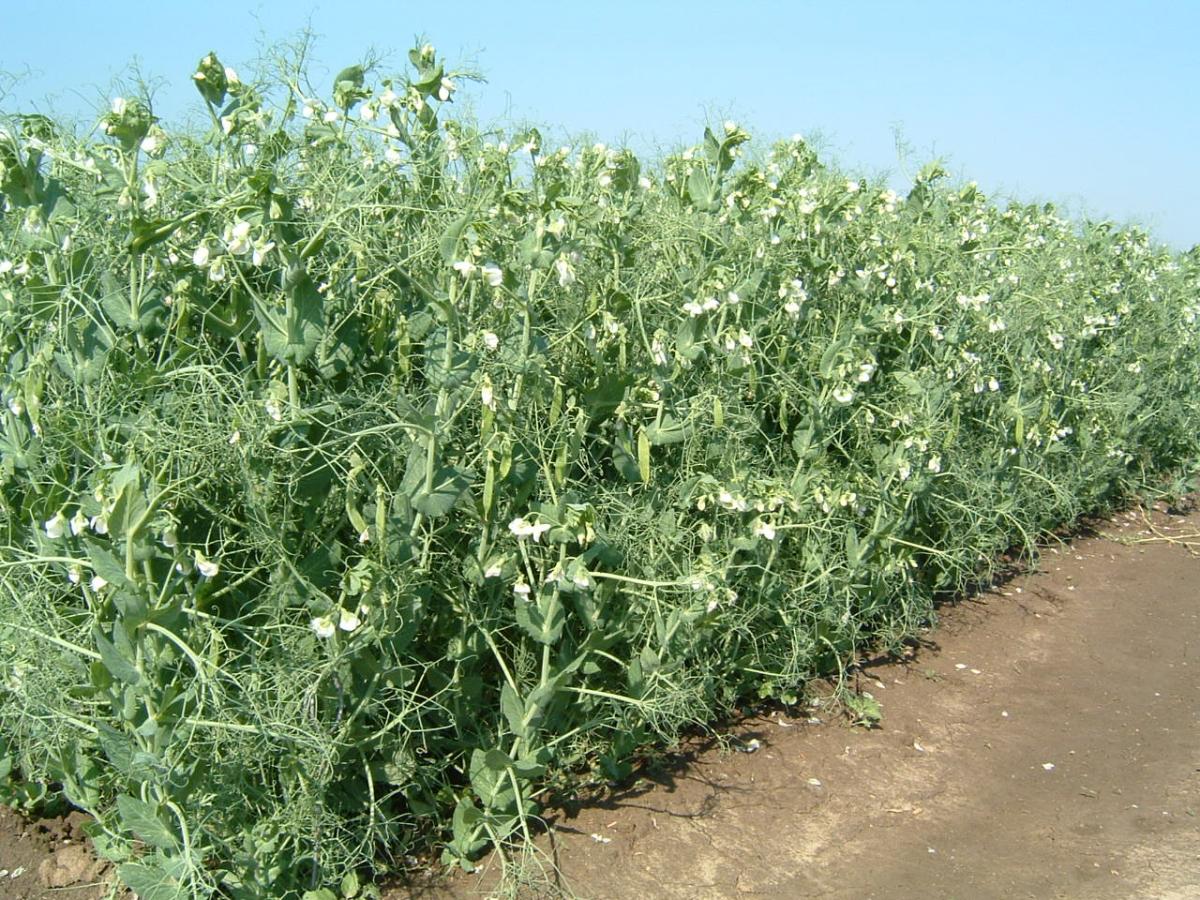 Medium-early variety
Medium-early variety
Osječki zeleni
Most widespread winter peas variety in Croatia
- Medium-late variety
- Most widely grown winter field peas cultivar in Croatia
- Used in coarse fodder production
- Ensures economically profitable and environmentally friendly production
- A prized ruminant feed due to its high nutritional value, in particular for dairy cows, in which its consummation increases milk production and quality
- Sown together with a winter cereal, usually Galloper, a higher-habitus wheat variety
- Rapid growth
- Modest crop management requirements, with minimal investments in protection and fertilisation
- Excellent resistance to low temperatures
- Great pre-crop: increases soil nitrogen content and curbs weeds
- Vacates the field early, allowing for two harvests a year in the same field. After removal, we recommend stubble sowing of early OS corn hybrids such as OS 3114
- Robust stem, height 135-185 cm
- When harvested in the blooming and first pod formation phase (15-25 May), yields 50-60 t/ha of green matter, or more than 25 t/ha of haylage and more than 10 t/ha of hay
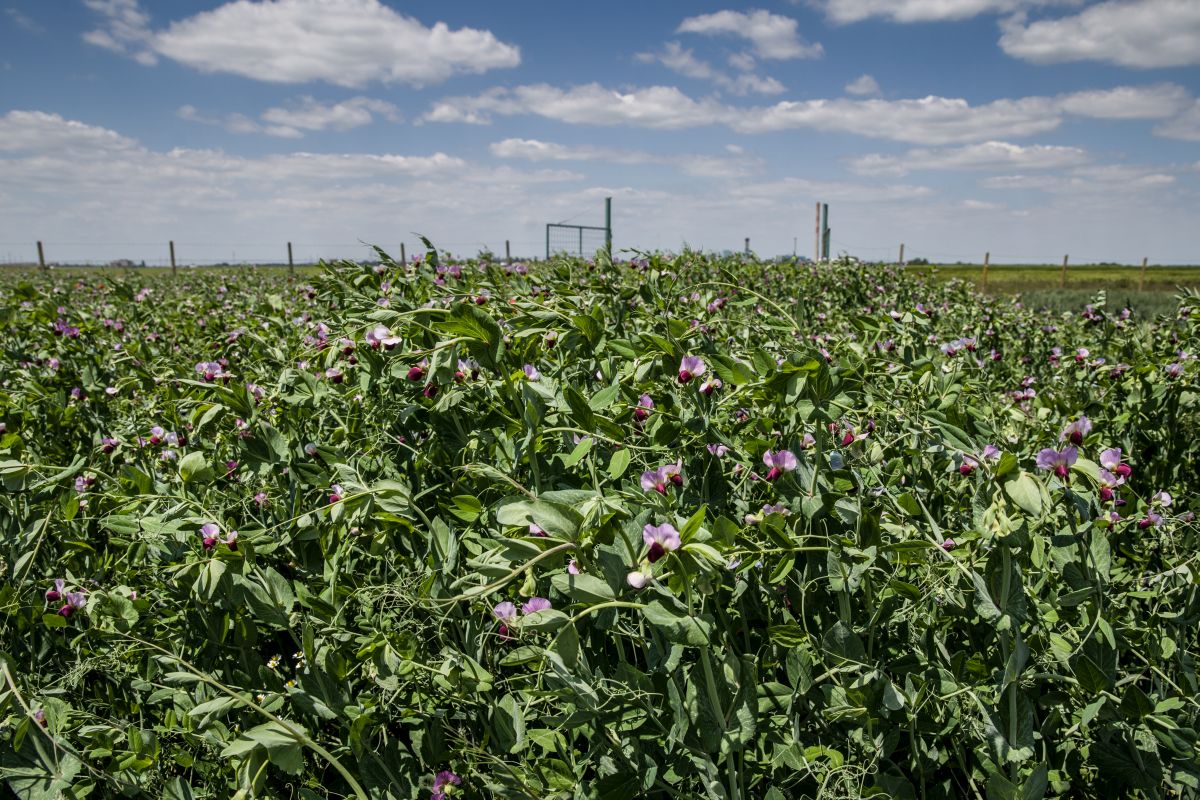 Medium-late variety
Medium-late variety
Uran
Spring pea with high yield potential
- Purpose: dry grain production;
- Length of vegetation period: medium late.
Uran has an increased resistance to the most common diseases and to lodging. Stalk height ranges between 60 and 80 cm. It has densely distributed nodes in the lower part of the stalk, which increases the tolerance to lodging. Uran has regular-shaped leaves and its pods are positioned in the upper third of the plant, which reduces pea loss during harvest. Peas are yellow, round, medium-sized and of good quality (protein content: 24–26%).
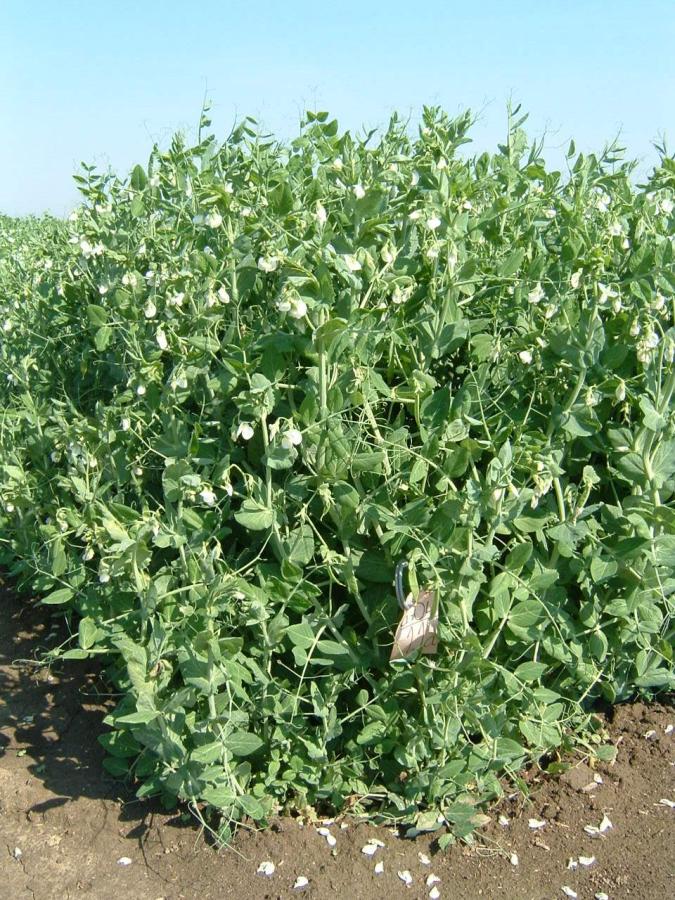 Medium-late variety
Medium-late variety
Alfalfa
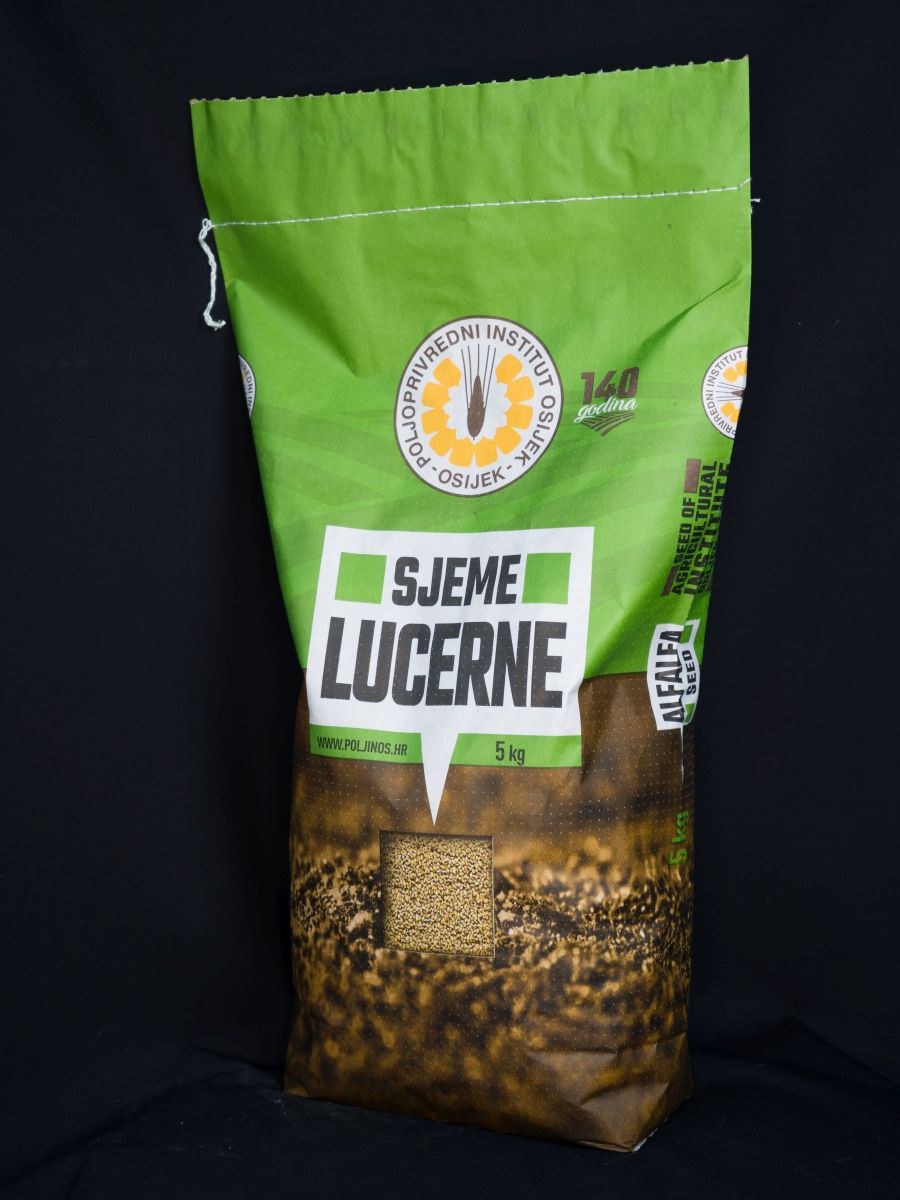
OS 66
Purpose: hay production
Length of vegetation period: medium late variety
Synthetic cultivar developed from selected types of Pannonian alfalfa and certain European cultivars. Its longevity and leaf ratio have been increased through breeding. Plants are of medium height, erect and have a robust stalk. The majority of plants have light purple and medium purple flowers, with a lower ratio of dark blue flowers. It is extremely tolerant to drought conditions and has a medium-fast rate of regrowth after mowing. It is the best-known and most widespread cultivar in Southeast Europe.
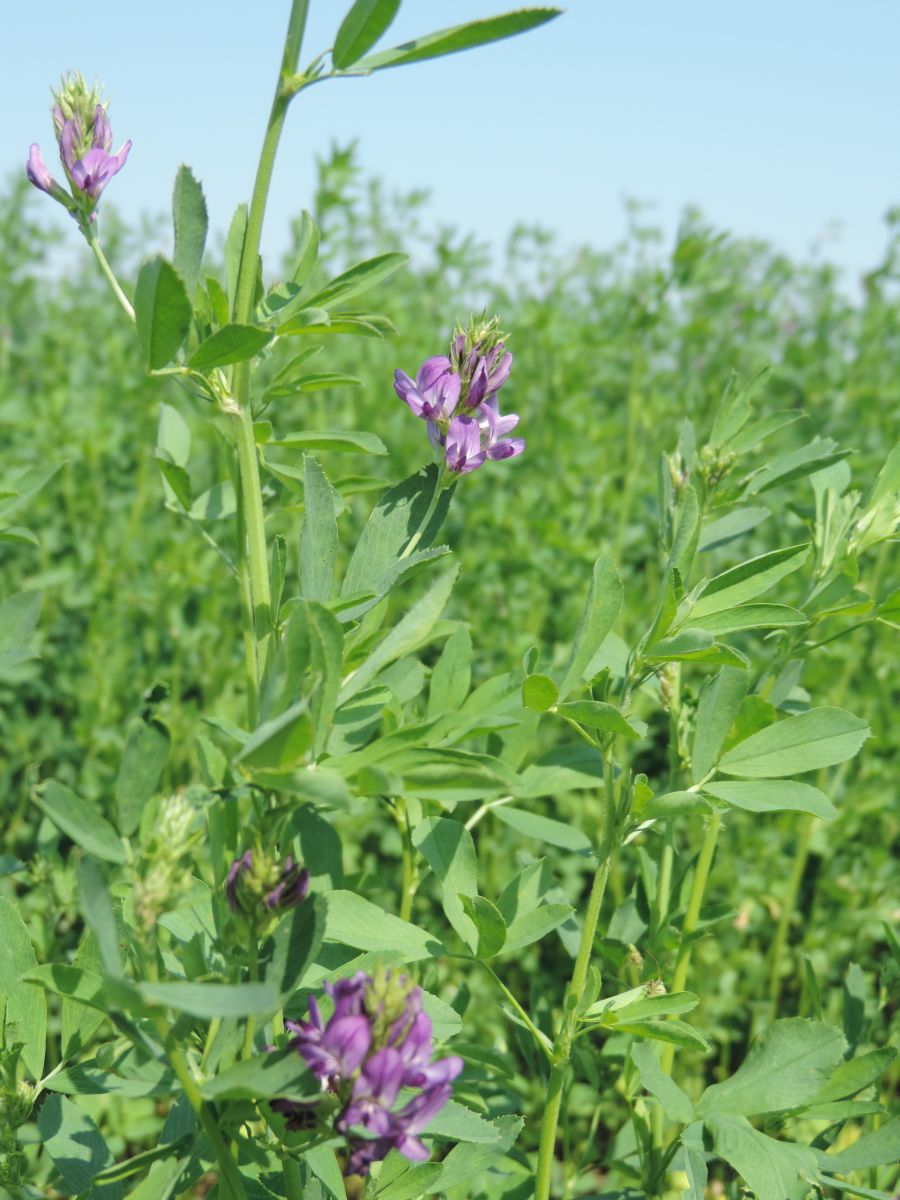 Medium-late variety
Medium-late variety
OS 99
Medium early variety
Purpose: hay production
- Length of vegetation period: medium early
Alfalfa cultivar in production only for the Croatian market. It is characterized by a tall, medium thin stalk which is resistant to lodging and has a good leaf/stalk ratio. Plants are dark green and have a higher ratio of dark purple flowers. It is tolerant to intensive mowing, drought and low temperatures. It produces high yields of hay (≥ 20 t/ha) of extremely high quality and with high protein content – about 23% in dry matter.
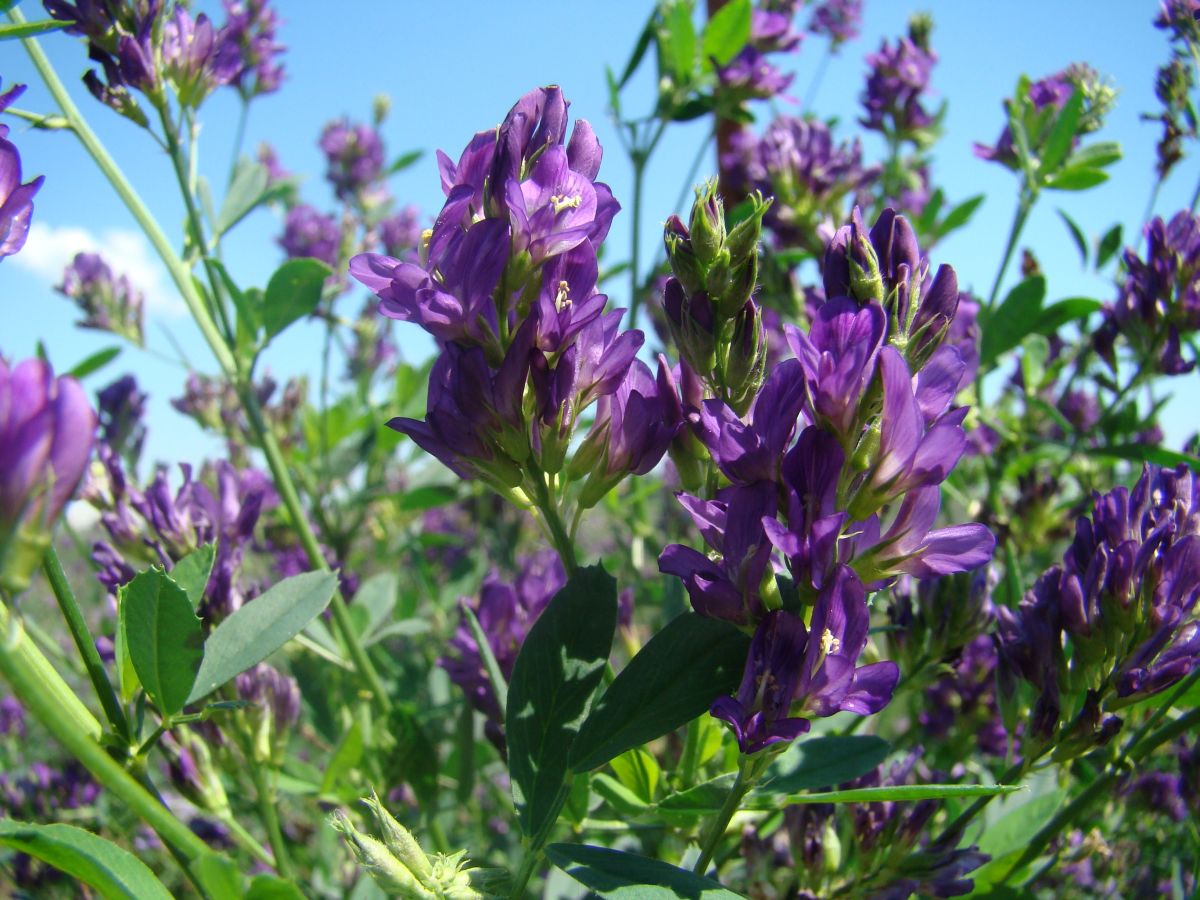 Medium-early variety
Medium-early variety
